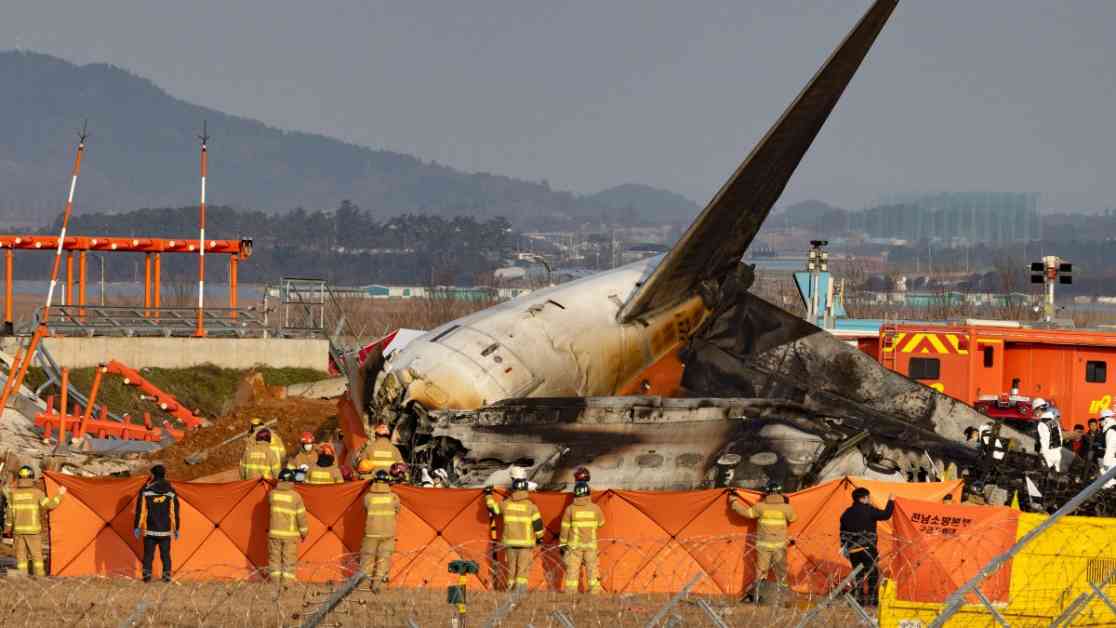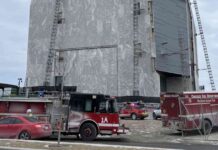South Korea to Inspect Boeing Aircraft Following Fatal Plane Crash – Safety Measures Implemented
Jeju Air Flight 2216 skidded off the runway while landing at Muan International Airport in South Korea, bursting into flames. The crash resulted in the tragic loss of 179 lives and has left the nation in mourning. South Korean officials have announced that they will be conducting safety inspections on all Boeing 737-800 aircraft operated by the country’s airlines to determine the cause of this catastrophic event.
Key Details Unraveled
On Monday, South Korean Transport Ministry officials revealed plans to inspect all 101 Boeing 737-800 jetliners operated by the country’s airlines. This inspection also includes a broader review of safety standards at Jeju Air, which operates 39 of these planes. With the aim of understanding the circumstances that led to this fatal crash, representatives from the U.S. National Transportation Safety Board and Boeing are expected to join the investigation in South Korea.
Alan Price, a former chief pilot at Delta Air Lines, emphasized that the Boeing 737-800 is a reliable aircraft and does not belong to the same class as the Boeing 737 Max involved in previous fatal crashes. Despite this reassurance, the South Korean government is leaving no stone unturned in ensuring the safety of its aviation systems and preventing any similar incidents in the future.
Expert Insights and Investigation Details
John Cox, a retired airline pilot and CEO of Safety Operating Systems, suggested that the pilots of the ill-fated flight may have faced hydraulic failure, leading to the tragic events. However, it was noted that the jetliner was under control and traveling in a straight line, suggesting that the damage and injuries could have been minimized if not for the runway barrier being in close proximity.
The crash has raised concerns about communication between air traffic controllers and pilots, with officials reviewing whether there were any lapses in coordination that contributed to the tragedy. As the investigation progresses, authorities are focusing on the flight data and cockpit audio recorders to gain valuable insights into the events leading up to the crash.
Facing Tragedy and Seeking Answers
The crash at Muan International Airport has left South Koreans devastated and questioning the safety and regulatory measures in place. With the government declaring a seven-day national mourning period, the nation is coming to terms with the aftermath of this disaster. The grief and sorrow felt by the bereaved families are palpable, with demands for swift and respectful handling of the victims’ remains.
As the investigation unfolds and South Korea grapples with this tragedy, the focus remains on understanding the root causes of the crash, implementing stringent safety measures, and ensuring that such a devastating incident is not repeated in the future. The road ahead is long and challenging, but with thorough inspections and expert collaborations, South Korea aims to rebuild trust in its aviation industry and honor the memories of those lost in the tragic crash.




